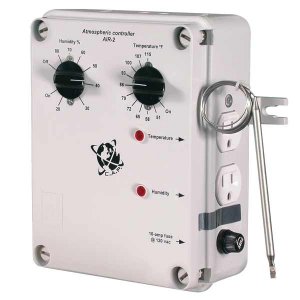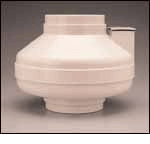benihana
New member
I am in the final stages before Sheetrock goes up, the exhaust fan (pans 110CFM) is installed, but I racking my brain on how to hook up a de-humidistat to it so that I can have it auto controlled
Who is currently using them, and do you have any reccomendations on how to wire them?
Thanks
Who is currently using them, and do you have any reccomendations on how to wire them?
Thanks



